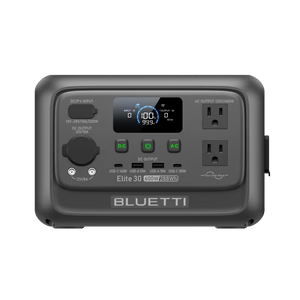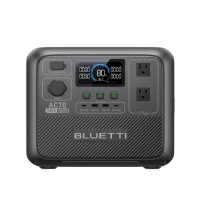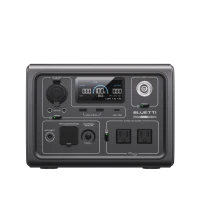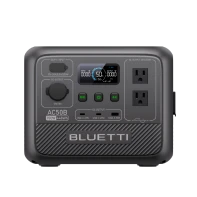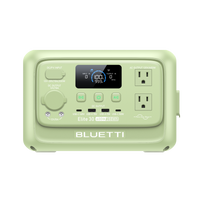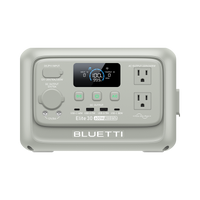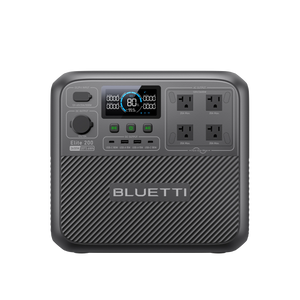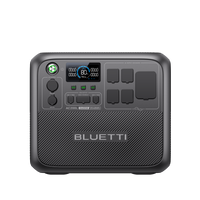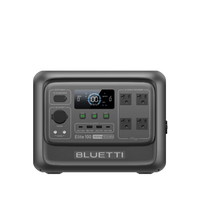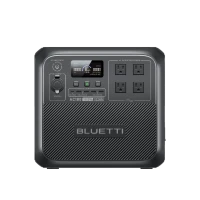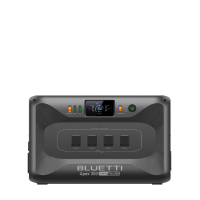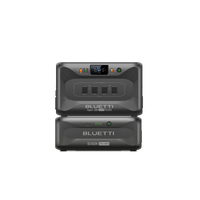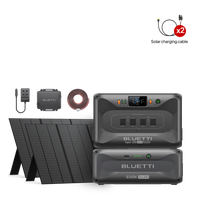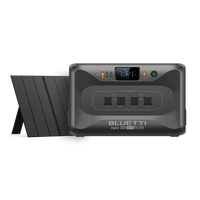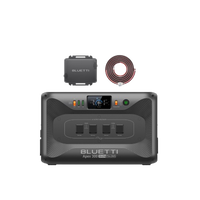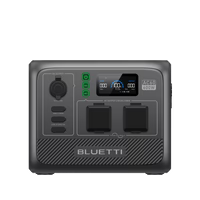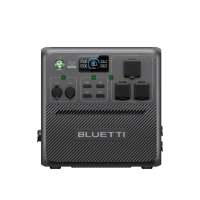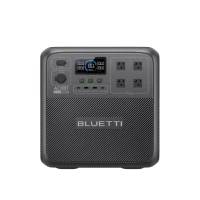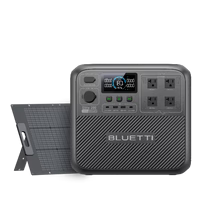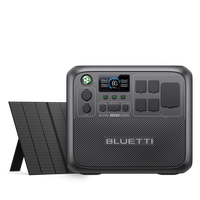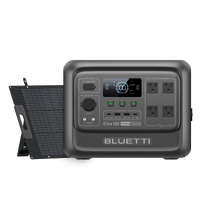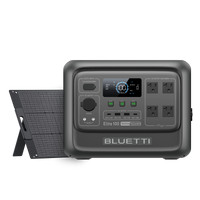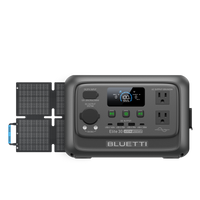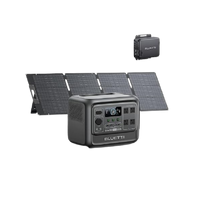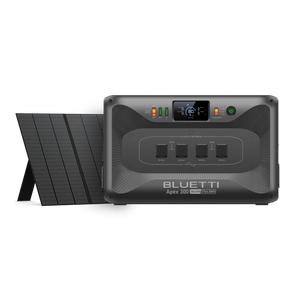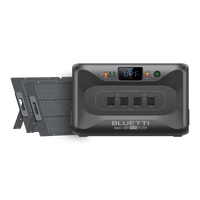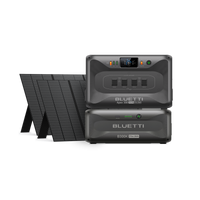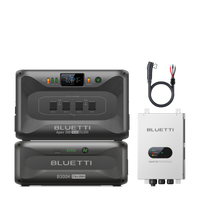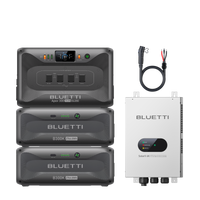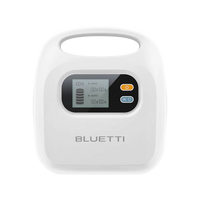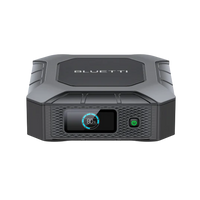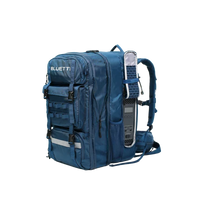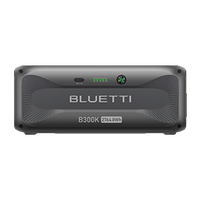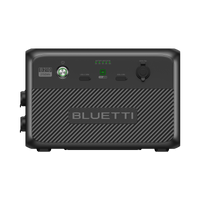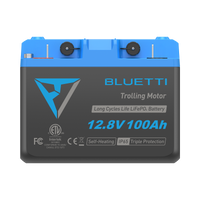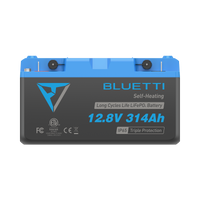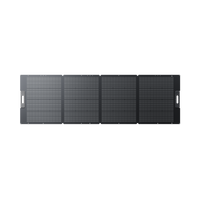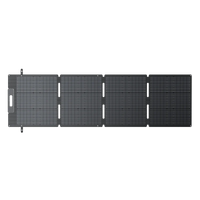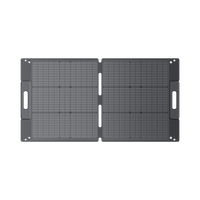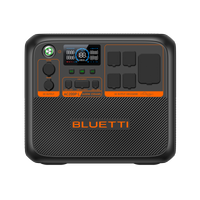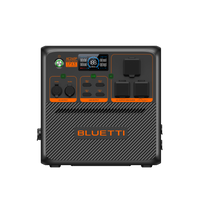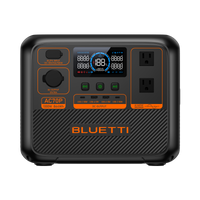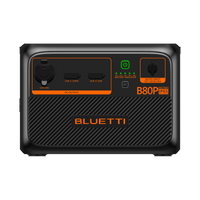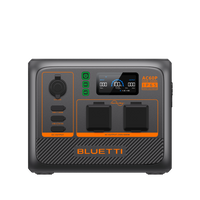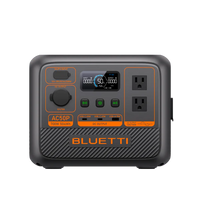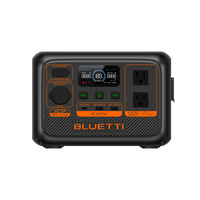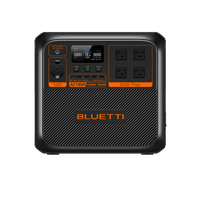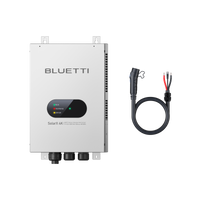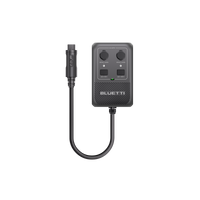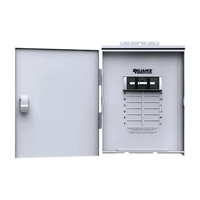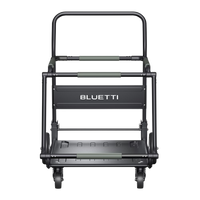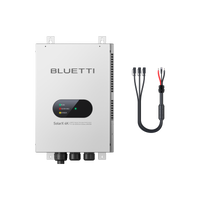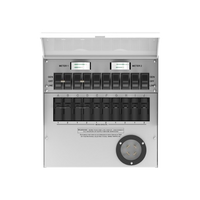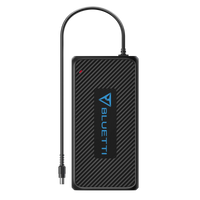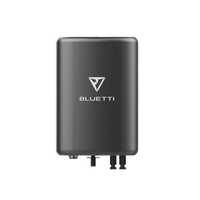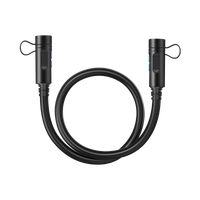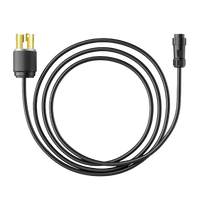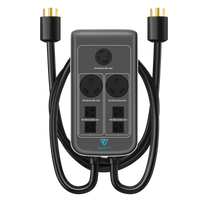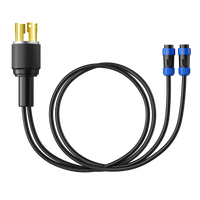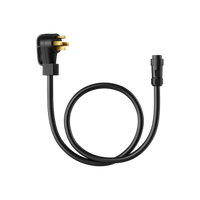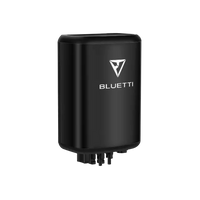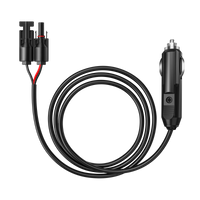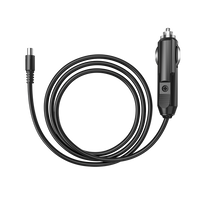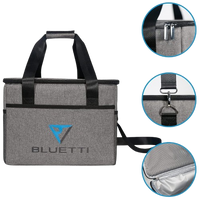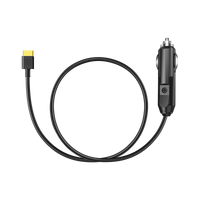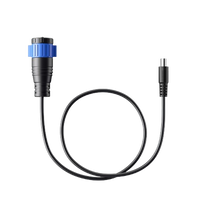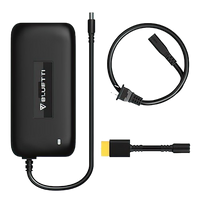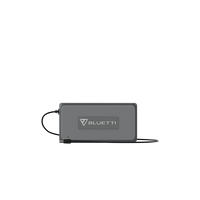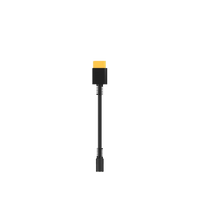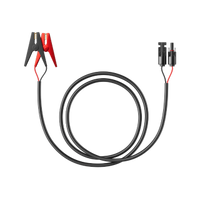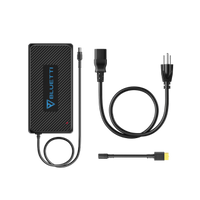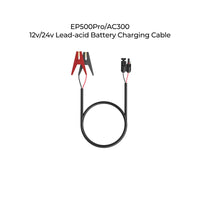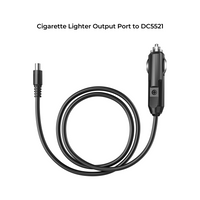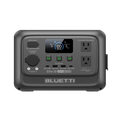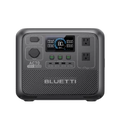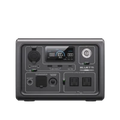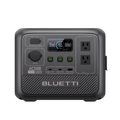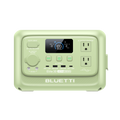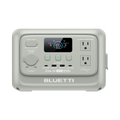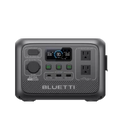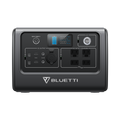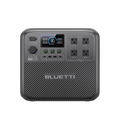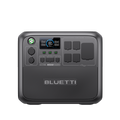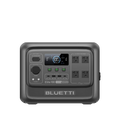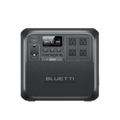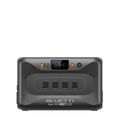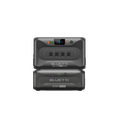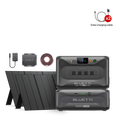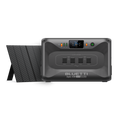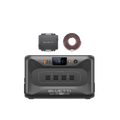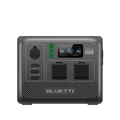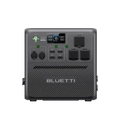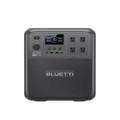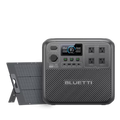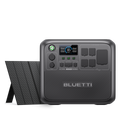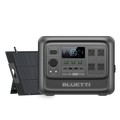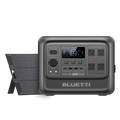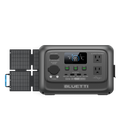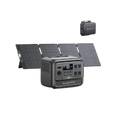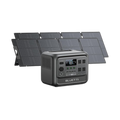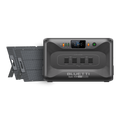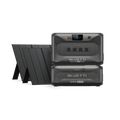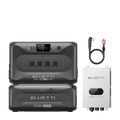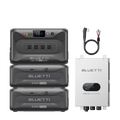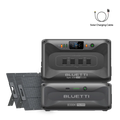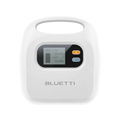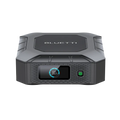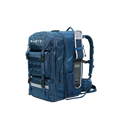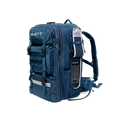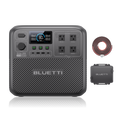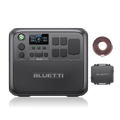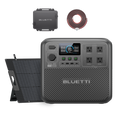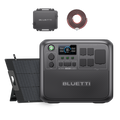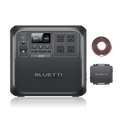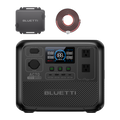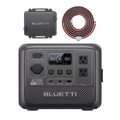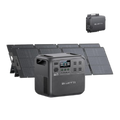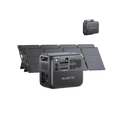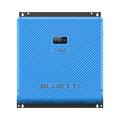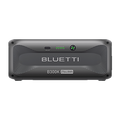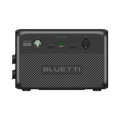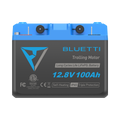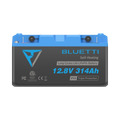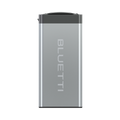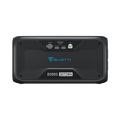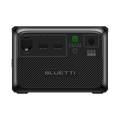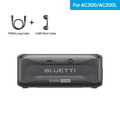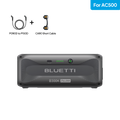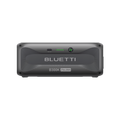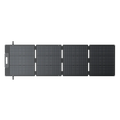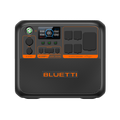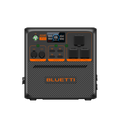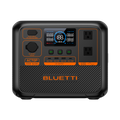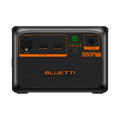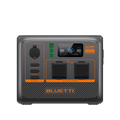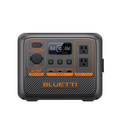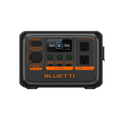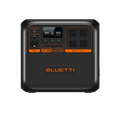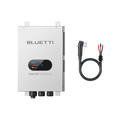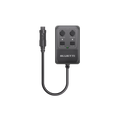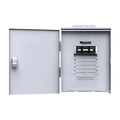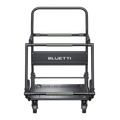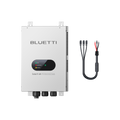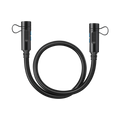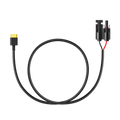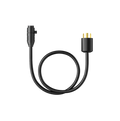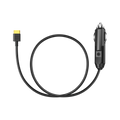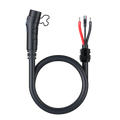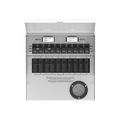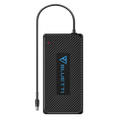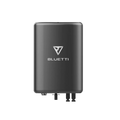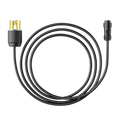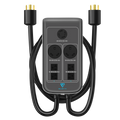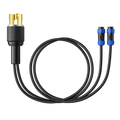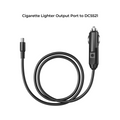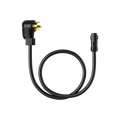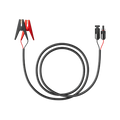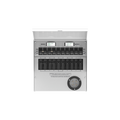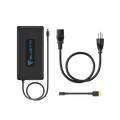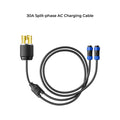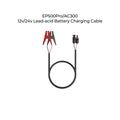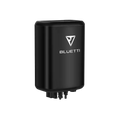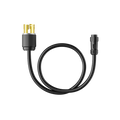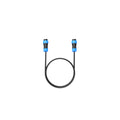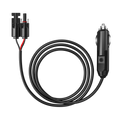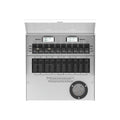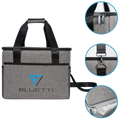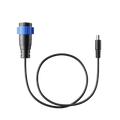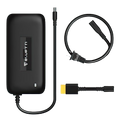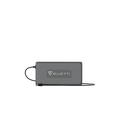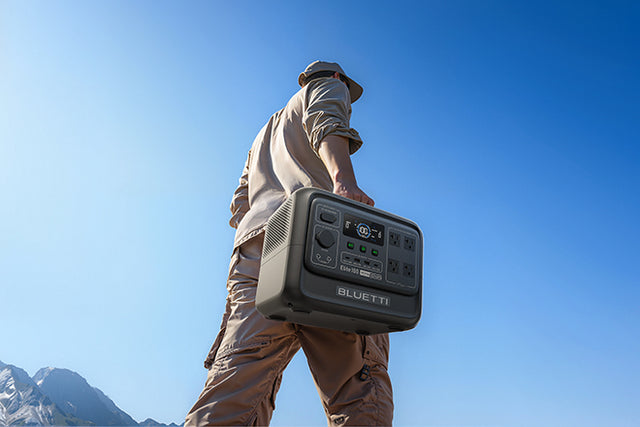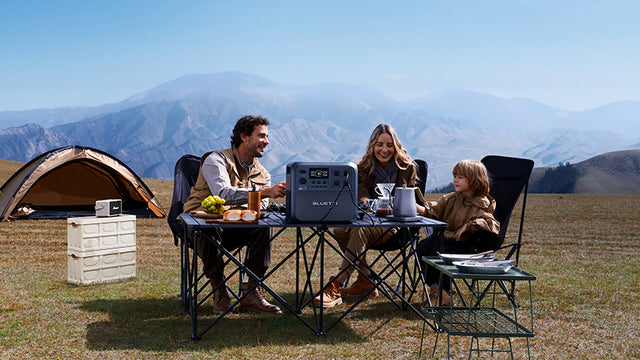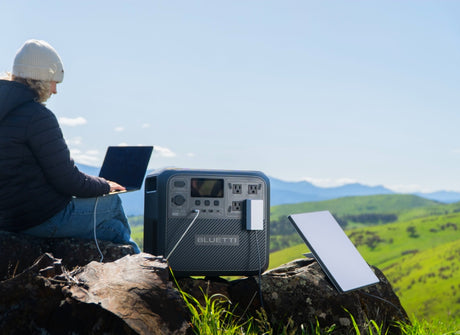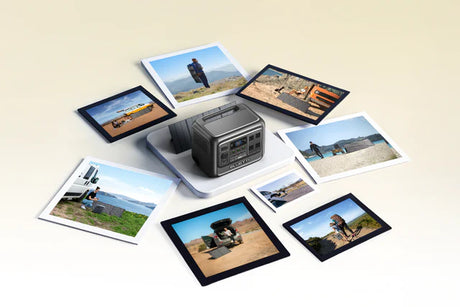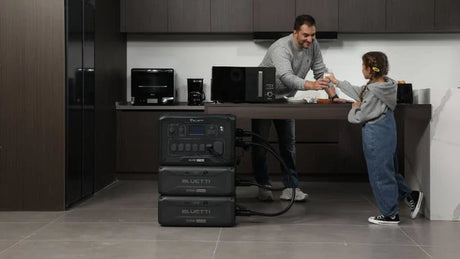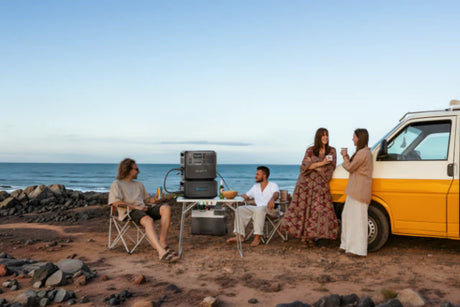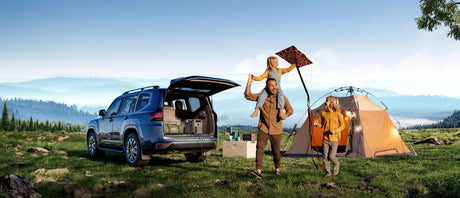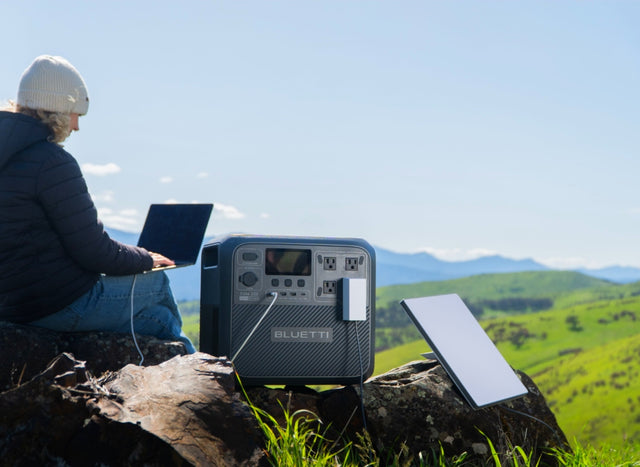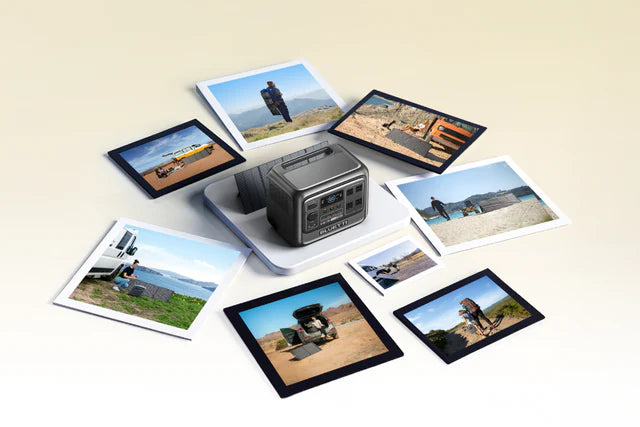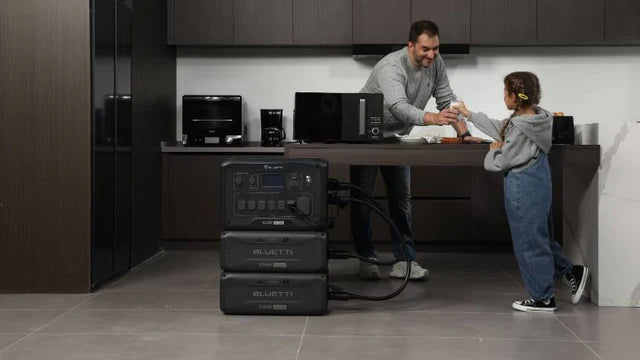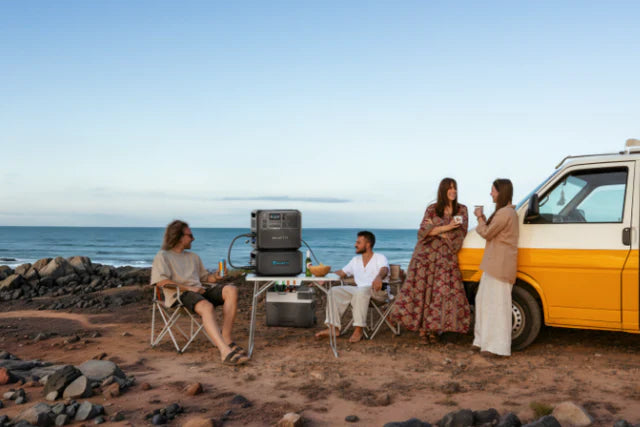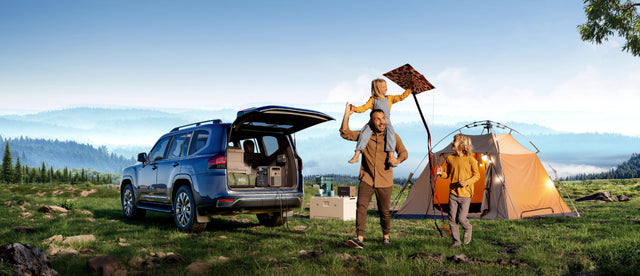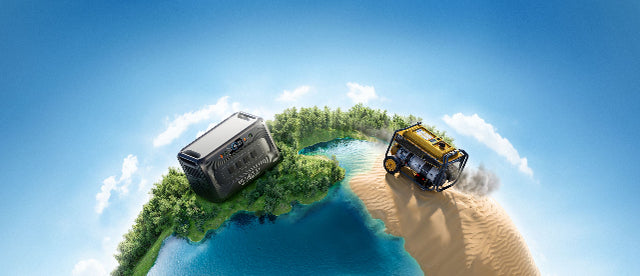Vicious winter winds can creep in and take a swipe at your car's optimal winter performance and ability. Anyone who has ever had to crank an unrewardingly slow engine on a bitterly cold morning knows how much torture winters offer to cars. Therefore, this guide to driving in snow and ice with pre-winter checks can almost be considered a survival operation; they are not optional, they are essential.
What Does Winterize Car Mean?
To winterize a car in Canada means preparing it for freezing temperatures, snow, and icy roads so it stays safe and reliable through the season. A pre-winter check usually covers the basics: installing winter tires, testing the battery, and inspecting brakes. Cold weather lowers tire pressure and reduces battery performance, making these checks critical.
Fluids are another focus. Winter-grade oil helps engines start smoothly, while the right mix of antifreeze prevents freezing. Windshield washer fluid rated for sub-zero temperatures, working wipers, and defrosters are also essential for visibility on snowy days.
Winterizing also means planning for emergencies. A kit with jumper cables, a shovel, blankets, gloves, and high-energy snacks can be lifesaving if you get stranded in a storm. Taking these steps not only protects your vehicle but also gives peace of mind during Canada’s long winter months.
Pre-Winter Checkup Keeps Your Car Ready
Now, let’s check some pre-winter assessment for winterizing your car:
Inspect Tires, Brakes, and Battery for Cold Weather
We state the obvious first: the fundamentals. Winter tires, batteries, and brakes are the holy trinity of winter safety. Cold air decreases the tire pressure (generally 1 PSI for every 10-degree drop), and thus proper inflation becomes incredibly important. Low tire pressure diminishes grip and shortens fuel efficiency; batteries short-circuit in the cold, which impairs chemical reactions and sometimes cuts output to less than 50%. Check the battery for testing; any battery older than three years or with a low reading should be replaced.
Change Oil and Balance Antifreeze for Smooth Starts
Now, let's see fluids: winter thickens oil, and that makes it hard for any engine to be properly lubricated. Winter-grade oils, or otherwise ensuring that any engine oil lies within the recommended viscosity range for cold weather, can be the difference between life and death. One more note: antifreeze. Typically, you will be looking at a 50-50 coolant-to-water ratio: extreme weather conditions might call for parting from that formula. A cheap test strip will let you know whether your concentration of antifreeze is up to snuff.
Maintain Tire Inflation to Save Fuel in Winter
Getting ready for winter just might save you some MPG. Properly inflated tires and happily running engines achieve up to 5-10 percent gain in fuel efficiency. Speaking from experience, there was this one time I forgot about my tire, and early in January, I realized why I was filling up much more than anticipated.
Pre-winter is the least glamorous deal in the entire world, but it sets the stage. In layman's terms, it's like waxing your skates before hitting the ice to simply skate smoothly..

Proper Tires and Traction Improve Winter Safety
Above all, first Winter driving conditions teach that "all tires are the same" is an utterly false perception. They aren't. The tires are the sole and only part of your car maintenance contact with the actual road. If nothing-grip-nothing can save you from ABS, AWD, and traction control.
Install Winter or All-Season Tires for Grip
Winter tires are made for cold weather, not just snow. They actually stay flexible under freezing temperatures. The whole tread design hasn't been mentioned as of yet: winter tires have deeper grooves and biting edges to bite into ice and/or snow. If all or most of the time, it is Snowy or icy, those tires are worth their weight in gold.
For milder climates, all-season tires in winter conditions will work, provided there is enough tread depth left-pretty much about 6/32" or so. Pro Tip: Do not wait till the day of the first snowstorm to get them on; tire shops get packed in November and December. Beat the rush by getting them on in October.
Monitor Pressure Regularly to Prevent Slips
Injuries have been highlighted, but much greater emphasis should be given to them. Install winter tires. By dropping temperatures, so too PSI declines, and an under-inflated tire sets one up for disaster. Uneven wear, and much more loss of grip, as well as added gas cost, could all be the evil plays of an under-inflated tire. Buy yourself a fair quality digital tire gauge or simply rely on your TPMS if fitted in your car, but check manually.
Locks also freeze in winter as moisture gets into them. A squirt of lock lubricant before the season saves from getting stuck outside one's own car. Pro tip: Never pour hot water into a frozen lock. It will thaw temporarily, but refreeze quickly and can break parts.

Inspect Battery and Charging Systems
A battery has a low cranking power in cold weather. Clean all the corrosion off the terminals and make sure that the alternator and charging systems are healthy. You can tell the difference. That battery might start just barely in October, but by January, it has a good chance of being under the weather.
Extra Prep for Electric Vehicles
Now come to the EVs. They behave differently from real cold regions. Batteries lose some range when temperatures start falling to sub-zero because more energy is required to heat the battery and the cabin. The best technique to overcome this is preconditioning, warming the battery while the car is still plugged in. Most EV apps allow you to schedule preheating so the car will be warm inside with an efficient battery before you even plug in. Range may still drop about 15-30% because of the cold, but smart preps do much to lessen the shock.
Much like the unsung heroes of winter preparedness, fluids and components often go unnoticed during operation, but when they fail, they can ruin your day.
Preparations for Snowstorm Can Help in Emergency
Winter does not just mean keeping the car running-it keeps you from dying if things go awry. Getting into a ditch during a snowstorm is quite stressful. Being stuck in there when you are unprepared is another ball game altogether.
Your Emergency Kits Must be Winter Ready
There should be an emergency kit in any car, ready for winter. At the very least, jumble cables, a snow shovel, a flashlight, a vehicle owner’s manual, windshield wiper fluid, rear-window defroster, extra gloves, blankets, and some high-calorie snacks should be kept hidden. For professionalization, add a jump starter pack, traction mats, a first-aid kit, and even kitty litter (for traction if you're stuck on ice).

And here’s where the suggested table comes in handy:
Emergency Kit Checklist Before You Go Out
|
Item |
Purpose |
Quantity Suggested |
Where to Buy |
|
Portable jump starter |
Restart a dead battery without another car |
1 |
Auto stores, Amazon |
|
Folding shovel |
Dig out from snowbanks or drifts |
1 |
Hardware stores |
|
Thermal blanket |
Keep warm if stranded |
2–3 |
Camping/outdoor shops |
|
LED flashlight |
Visibility during breakdowns |
1 |
Auto stores, hardware |
|
Gloves & hats |
Prevent frostbite during repairs |
2 pairs each |
Clothing/outdoor shops |
|
Non-perishable snacks |
Energy during long waits |
A few packs |
Grocery stores |
|
Kitty litter or sand |
Add traction under tires |
1 bag |
Hardware/home centers |
Having these ready makes the difference between “mild inconvenience” and “serious emergency.”
Safe Operating Techniques in the Winter Season
Even some highly skilled drivers may fall prey to underestimating the intensity of winter road conditions and unsafe driving conditions. You should brake carefully; heavy braking might set you into a skid. Instead, acceleration should be smooth, and the following distance should be at least double what you would have allowed during summer. And if you ever get involved in a spin, steer in the direction of the slide; do not fight it. You should practice these maneuvers somewhere empty and covered in snow before the onset of the season. Do this for the sake of your muscle memory, practicing for the show.
Use Special Apps Made For Unsafe Weather
These days, cars and smartphones- their existence can be life-saving. The fact is that the use of several vehicle-based apps encompassing real-time weather alerts, updates on road conditions, and a remote-start application provides a warm welcome for the driver by the time the driver walks out. An alert to black ice on your route could be your cue to halt your departure altogether from your own driveway. A futuristic thought, perhaps? Think again. It is happening now.
Emergency preparation is the insurance that we hope never will be used, but comes in very handy when it does.
Long-Term Protection Preparations Will Save Your Car
Short-term behaviors may aid in your survival, yet long-term miscreants guarantee a happy car for the long haul. Winter is all about tormenting cars: salt eats, cold cracks, and bad maintenance worsen.

Undercoat Your Car to Prevent Rust
Road salt is a silent murderer for your car. It sticks to metal and accelerates rusting in wheel wells, undercarriages, and exhaust systems. A coat of underbody sealant treatment, applied before winter, provides some resistance. A spray of rust deterrents will probably provide several years of protective use; one more mnemonic for you: rinse the underside of your vehicle at least once a month at a touchless wash. Just like brushing your teeth, you may not always see the result, but you are helping to avert long-term decay.
Choose Professional Tune-Ups fro Better Results
A last-minute look under the hood for everything that might seem insignificant to you during the winter by a qualified mechanic does wonders. Mechanics spot worn-out belts and suspensions in need of their work, and on somewhat failing thermostats-those things that do not ever force the panic button in summer but could spell doom in winter. A few bucks spent go a long way in saving you thousands on a winter breakdown now.
Get Full Insurance Benefits with More Safety Features in Your Car
One thing most drivers overlook is that prepping one’s car might earn some kudos from their insurance company. Companies grant discounts upon certain documented safety items, such as snow tires, for the installation of telematics that can prove that you are driving safely in winter conditions. Common negligence during winter, on the other hand, can result in voided claims. Let’s say you crashed because your defroster failed, preventing you from seeing the road. Your insurance company could claim you were negligent! Now that’s a good way to avoid the stress.
Plan Better Battery-Life With Proper Preventions
The extreme climate shortens battery life, and the constant drain in winter drastically kills it. Inactivity for long hours can be mastered with a battery maintainer or trickle charger in a stabilizing charge. Preconditioning the battery will enhance the overall efficiency and lifespan of hybrids and EVs.
Inspect Tire Rotation and Storage
And don't forget about tire rotation-it is also imperative to the preservation of the winter tires. Failure to abide by this regulation will cause uneven wear and a halving of lifespan. A cool, dry place will be ideal for storing tires during the off-season; bags would be even better in order to eliminate moisture and exposure to sunlight. Properly cared-for winter and summer tires will save you hundreds over the years.

Check your Fluid System
Coolant and transmission fluid are often excluded from their long-term maintenance plan. Flushing and replacing them on a regular basis avoids the buildup that can cause corrosion of parts. Long-term neglect may cost a large amount. Besides a bigger bill, it will also pose a catastrophic risk to engines or transmissions.
Do an Assessment of Your Windshield and Wiper
A small crack on the windshield will usually grow in cold weather. Fixing chips will save you costly replacements if done before winter. Keeping spare wiper blades in your trunk will ensure you are never stranded with streaky glass at the height of some snowstorm: a small gesture worth a fortune in safety and convenience.
Spent Some Time on Garage and Storage Preparations
The garage itself should be included in your long-term care plan for the auto. Keeping the vehicle indoors minimizes its exposure to salt, wind, and extreme cold. If the garage is not an option, then investing in a high-quality all-weather car cover would go a long way toward protecting the paintwork and seals from ice build-up.
Long-term Winter Care Increases Resale Value
Whatever you do regarding long-term winter care, rust prevention, proper service records, and care for tires and batteries will mean a bigger return value. A buyer (or more so a dealership) that sees a documented history of how a car has been pampered will pay more, especially in modes where winter weathering and salting are done.
Rust prevention will be among the most useful things. Regular undercoating or rust-proofing treatments will protect areas prone to corrosion damage from salt, such as wheel wells, frames, and exhausts. Washing your car regularly, especially rinsing off salt buildup during winter visits, helps tremendously.
Last but not least, interior maintenance, using all-weather floor mats to protect from salt stains and moisture damage goes a long way in terms of retaining resale value. A car that looks, feels, and drives like it has been protected from the worst of winter will always attract a better price.

Extra Winter Prep & Smart Backup Power
Cold snaps like to surprise, which is why a few more general preparations should be layered onto the insulation and day-to-day habits.
BLUETTI Elite 100 V2
With portable-use limitations on the Elite 100 V2 lifted, this powerhouse pre-weighs only 25 lbs and comes with a hidden handle that allows it to be tossed in one's trunk or carried to a cabin with ease. Smallest but certainly packs 1,024Wh with a 1,800W output, high enough to keep the essentials-lit, routers, TVs, or the fridge-on for hours. With a peak of 3,600W, it can breeze through high-demand appliances like a kettle.
Also, charging is pretty fast, with TurboBoost reaching 80% in only 45 minutes. This can be done on the g,o either through AC or solar input. With perfect conditions, a full solar charge can take about 70 minutes using a 1,000W MPPT input.

BLUETTI Apex 300
Cold weather is tough on car batteries, and nothing is worse than being stranded on a freezing morning. The BLUETTI Apex 300 offers peace of mind as a portable backup power source. With 2,764.8Wh capacity and 3,840W output, it can jump in when your vehicle battery fails, power a block heater to warm up your engine, or run essential tools while on the road. Its zero-delay UPS and multiple charging options, from solar to car input, make it versatile for emergencies. Built with durable LiFePO₄ batteries, it’s a reliable winter companion for both car prep and roadside safety.

The differences cover very different scenarios; the Elite 100 V2 is for mobility and short-term essentials, while the Apex 300 is for long-term, scalable resilience. In a season where power reliability is never guaranteed, with either in your winter prep gear, you would be assured warmth, connectivity, and safety.
Final Words
So, what is the best way to prep your vehicle for winter? There is hardly one magical method, but a layered approach. It usually starts with a pre-season assessment of tires, brakes, fluids, and fuel efficiency. After that, traction enhancements follow, including adding winter tires or snow socks. Make preparations for fluids and components for winter while paying close attention to EV battery preconditioning. Also, gather a great emergency kit and practice safe driving. Long-term protection is also essential, like rust-proofing, tune-ups, and even documenting insurance.
Through my observations, customers who just glide through winter have not always been the owners of the most amazing SUVs or recent AWDs. These are the ones who had early preparations and saw ahead with a layered sequence of protection. Winter shortcuts never do work; preparation does.
